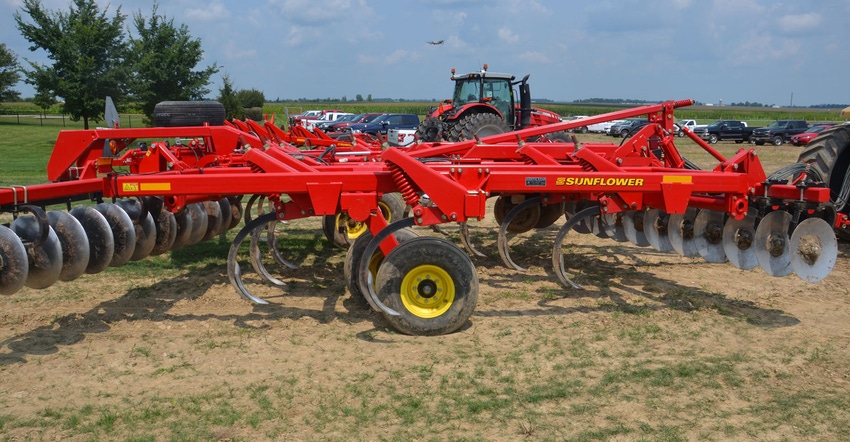
Setting in Gary Steinhardt’s office at Purdue University are signboards about soil compaction used at field days. The Extension soil specialist was one of the first to sound the alarm about the possible impacts of soil compaction, way back in the early 1980s. At the time, he and a select few others were voices crying in the wilderness. Today, many realize soil compaction can be a large yield robber. Knowing what to do about it isn’t always easy.
One of Steinhardt’s signboards, which he still uses, makes that clear. It notes that although deep tillage is a possible solution, there is no guarantee it will totally solve the problem. And he says if you make a deep-tillage pass but then resume working or driving over soils that are wetter than they should be, or you pull heavy grain carts across damp soils in the fall, compacted layers could return. In fact, they could form deeper than they did before. The deeper the soil compaction layer, the harder it is to address it.
Do tillage right
If you’re going to make a tillage pass to attempt to break up compacted layers, do it correctly, says Larry Kuster, product manager for Agco. Kuster recently dug a pit at a field day near Union City, Ohio, to show growers what a compacted layer looks like. He also made the point that to break up a layer effectively, you need to know how deep it is. You either need to dig a shallow pit to find the layer, or use a tile probe or steel rod to attempt to determine its depth.
“The goal of tillage is to try to get air back in the soil,” Kuster says. “The type of tool you need depends upon how deep compacted layers are in the soil.”
If the layer is 11 to 12 inches deep, you may be able to break it up with a chisel plow or some variation of that implement, Kuster says. The goal is to run 1 inch below the compacted layer. The drier the soil, the better the chance that you will get the shattering action you need to break up deep compacted layers.
“If the soil is too wet, you lose the ability to lift and shatter the soil,” Kuster explains.
If the layer is deeper than a foot, you may opt for a ripper with a parabolic shank, he suggests. They typically come with shanks spaced at 20 to 30 inches apart. Kuster prefers a deep ripper with shanks on 24-inch spacing to get better shattering action.
One question growers always ask is how fast you should pull a ripper or other implement to get shattering action, Kuster says. He notes that speed may depend upon the tool. It may also depend upon how much horsepower you need to pull it.
Where you can pull the implement faster, you’re likely to do more lifting of the soil, Kuster concludes.
About the Author(s)
You May Also Like




